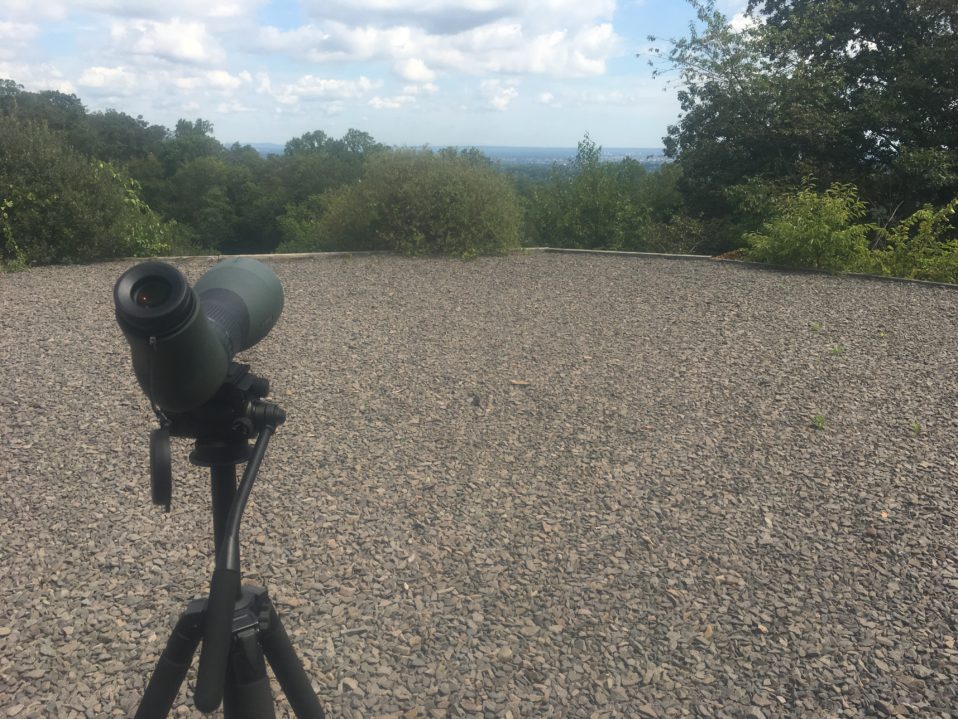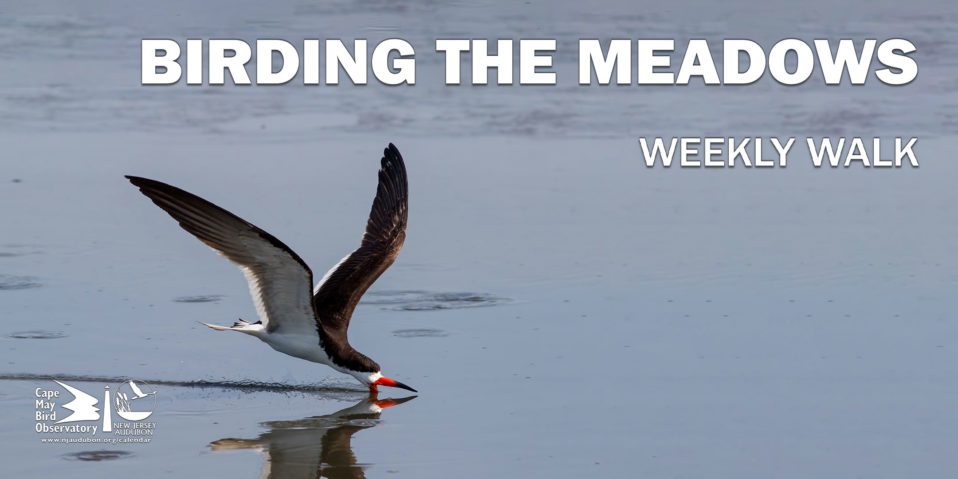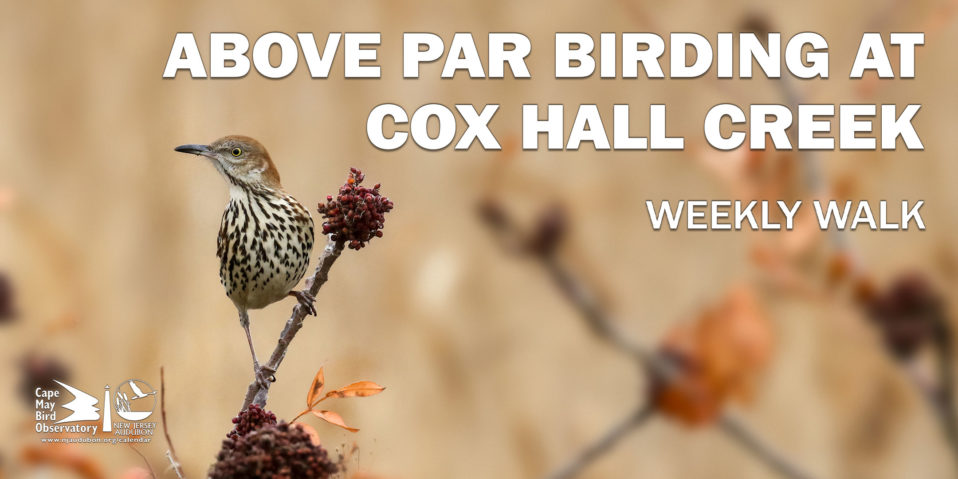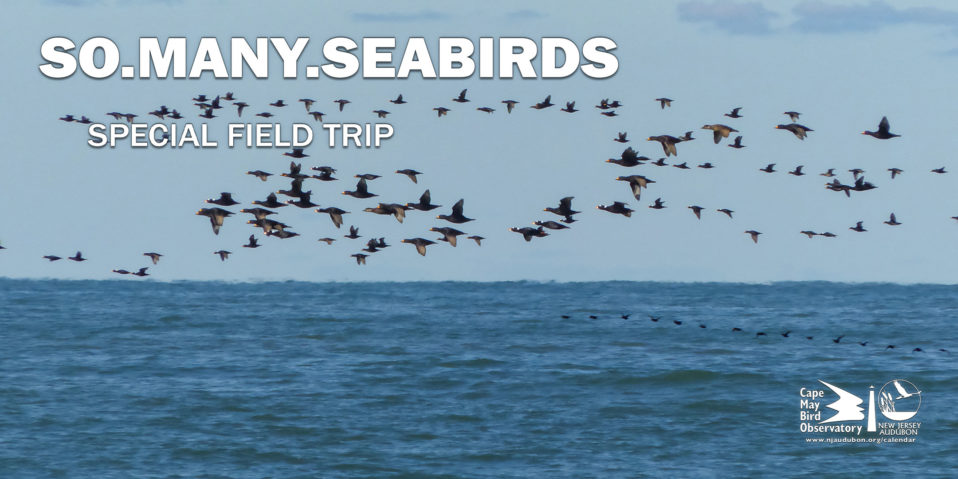The past week at Montclair Hawkwatch has been cool and breezy overall, bringing the season’s first consistent fall weather. On Friday, October 4th, steady northwestern winds and regular gusts helped carry quite a few migrants southward. 488 Canada Geese traveled overhead this day; some in noticeable clean “V” formations, and others in a more disorganized fashion. The concentrated honks of an entire flock of geese produce such a cacophony that I occasionally heard their honks long before eyeing a large dark clump or V across the horizon’s clouds. Although commonplace and lacking in novelty, the geese still incite wonder and curiosity for the natural phenomenon of migration (depending on who you ask!).
Turkey Vultures, perhaps the most sighted bird at the hawkwatch, have now begun streaming southward both individually and in small clumps. Although the resident birds still float around the platform’s field of view, the migrants display different behavior. They often fly much higher, and as opposed to meandering, display a direct, determined beeline southward. On the 4th, eleven migrants passed overhead. Red-tailed Hawks are another ubiquitous resident species that has been migrating through as well, warranting the careful study of any individuals seen to infer whether they are locals or not. On the 10th, I counted six migrating south.
Although the 4th and the 10th brought weather favorable to migration, the rest of the week was slow migrant-wise, likely due to predominant southern and eastern winds. There was a quite a bit of rain on the 9th, as well. Despite the weather on these days, geese continued to push through in small numbers, and a few Peregrines, Bald Eagles, accipiters, and American Kestrels made appearances.
Sharp-shinned Hawk activity has continued to be relatively strong on days with favorable weather this week; on the 4th twenty-one migrants flew over in their compact, buoyant fashion, and on the 10th, twenty-seven. The activity of their sister species, the Cooper’s Hawk, has been concurrent with the favorable weather, although the Sharpies consistently outnumber them on a daily basis.
Broad-winged Hawk activity has all but tapered out by this point in the season, but notably, on the 10th, a red-shouldered hawk flew directly overhead, with the sun shining through it’s characteristic translucent primary “commas” and narrow tail bands. The thermal it flew on was also shared simultaneously by a Coop, Sharpie, and Osprey, which was a treat for the day.
On the 10th, the Canada Geese were usurped in number of individuals by Double-crested Cormorants. Flocks passed over steadily throughout the day, leading to a final count of 466 individuals. The geese, flying in similar fashion, numbered just over 100 for the day. There were quite a few small flocks of this cormorants early on in September, but they not flown through regularly since then. This day likely marked the beginning of a second wave of cormorant migration. Over the next week, if favorable winds continue, many more will probably be passing over the platform.
Until next week!
David Rosenbaum










